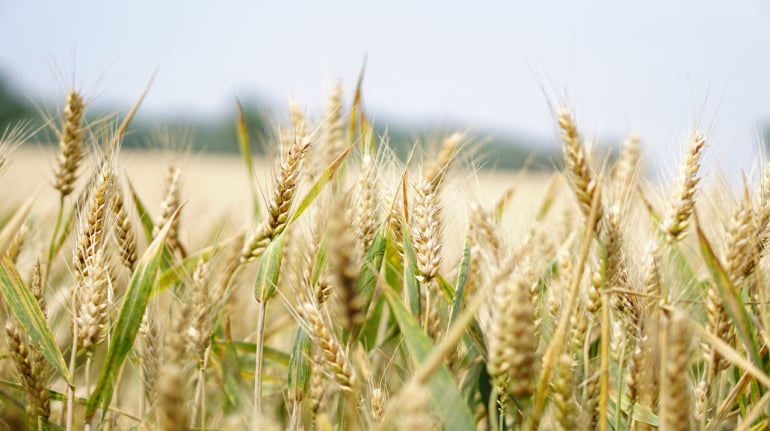The COVID-19-led business disruptions during end-March-May 2020 have been so severe that the Indian economy shrank 23.9 percent during the April-June quarter this year, confirming fears of a crippling slide across several industries and services
Rural demand in FY 2020-21 can at best can extend support to consumption demand, but cannot be a substitute for urban demand, a study by India Ratings and Research and Research has found.
"Any two or three consecutive good harvests generally translate into a robust rural demand. So, the hope is that while the industrial and services sectors are still struggling to recover from the adverse impact of COVID-19, the agricultural sector could become an engine for economic recovery," the report said.
Despite encouraging sales number of motorcycles and tractors in June 2020, a large part of the rural demand comes from consumer non-durables. In the use-based Index of Industrial Production classification data, the first category to record positive growth in the post lockdown period is consumer non-durables, which grew 14 percent year-on-year in June 2020.
"Since the share of agriculture in India’s gross value added is about 17 percent, Ind-Ra believes rural demand at best can extend support to the consumption demand, but cannot be a substitute for urban demand," the report said.
The COVID-19-led business disruptions during end-March-May 2020 have been so severe that the Indian economy shrank 23.9 percent during the April-June quarter this year, confirming fears of a crippling slide across several industries and services.
Although non-agricultural economic activities are slowly limping back, they are still much lower than pre-COVID-19 level.
One sector that has largely been not impacted either during the lockdown or even thereafter is agriculture. "Ind-Ra expects the agricultural sector to grow at 3.5% yoy in FY21. After several years, this sector has witnessed three consecutive good harvests – Rabi 2019, Kharif 2019 and Rabi 2020."
The adequate pre-monsoon rainfall followed by the timely arrival of monsoons in most part of the country has led to an increase in the total kharif sowing area in 2020 in comparison to the last year. As per the latest data available, the actual rainfall during June 1 – 25 August 2020 for the country as a whole has been 7.4 percent above the normal.
The total area sown under kharif crops as on 14 August has been 101.6 million hectare (mha), a yoy increase of 8.5 percent. The rainfall and area sown so far indicate that the country is headed towards a good 2020 Kharif harvest, despite the floods in several areas.
This was reflected also in the Q1 GDP data for FY 2020-21, as the agriculture was the only sector that stood out as a beacon of hope. It recorded a growth of 3.4 percent in the first quarter of 2020-21 from 3 percent last year, but wasn’t strong enough to offset the damages in other segments, all of which appear to have fallen off a steep cliff.







